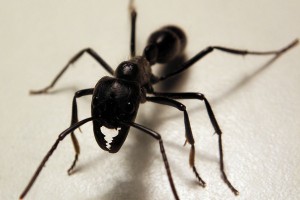Dengue: The Neglected, Neglected Tropical Disease
Modern medicine can boast a number of triumphs against infectious disease over the past century; Smallpox killed around 500 million people in the 20th Century before its eradication in 1979 as a result of vaccination. The Global Polio Eradication Initiative began in 1988 and has achieved considerable success, with eradication complete in the Americas, Europe, the Indo-West Pacific and China. Last year, only 223 cases of Polio were reported globally. It comes as no surprise that those diseases against which we have had the greatest success are those that affect developed nations. Increasing attention is now being paid to the many debilitating and often deadly infectious diseases, which continue to affect billions of people in developing nations; a category of diseases known as NTDS (neglected tropical diseases).
Continue reading

